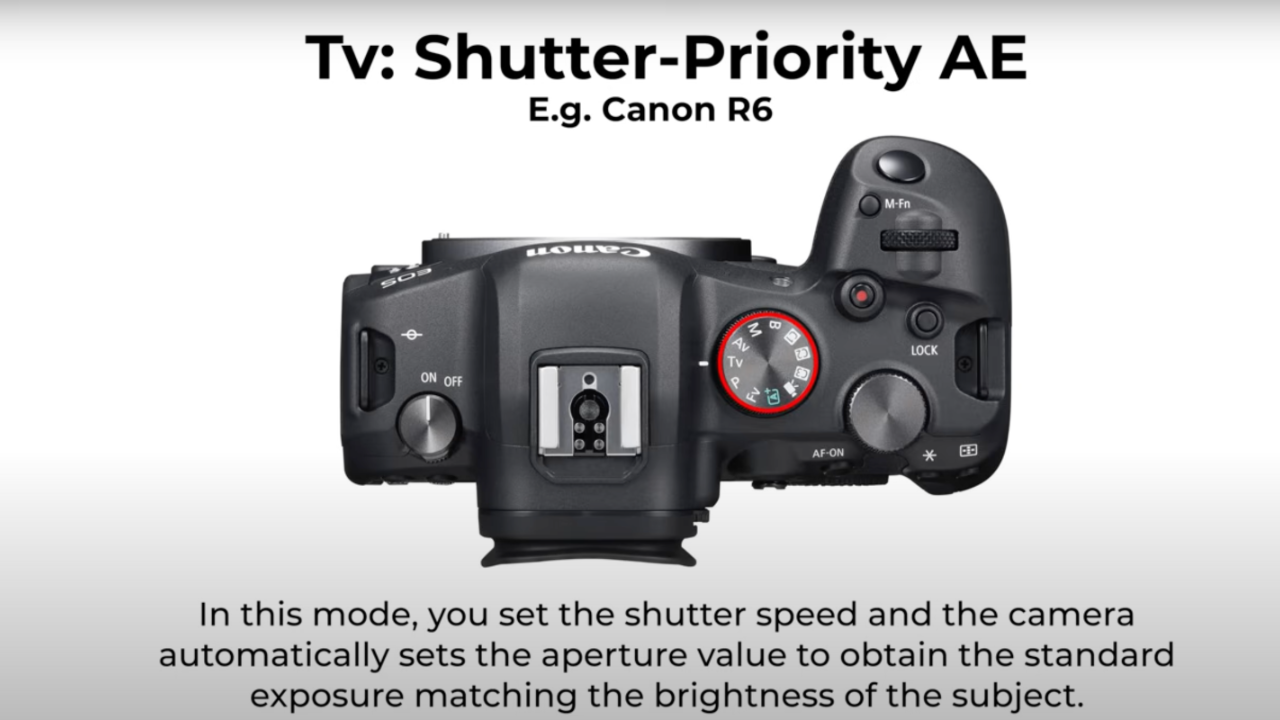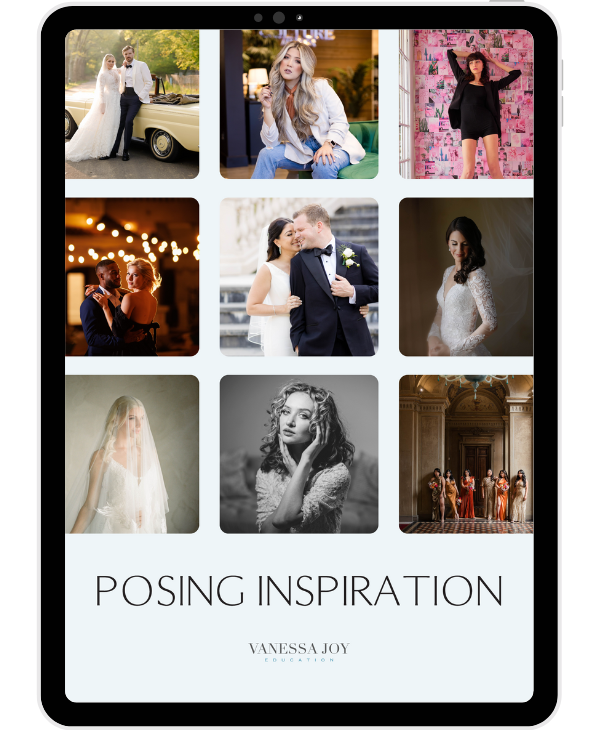WTF are Kelvins anyway?! | Understanding White Balance Camera Settings for Photography

Hey there, fellow photography enthusiasts! Today, I want to dive into the fascinating world of white balance and how it can elevate your photography to new heights. So, grab your cameras and let's embark on this creative journey together!
You might be wondering, what exactly is white balance? It's that secret ingredient that determines the color temperature of your photos. Whether you want to make them cooler or warmer, bluer or more orange-yellow, white balance is the key.

If you're shooting in RAW, you might think white balance doesn't matter much since you can tweak it in post-processing. But why not strive to capture the perfect shot right in-camera? Plus, knowing how to manipulate white balance opens up a world of creative possibilities.
White balance is measured in kelvin (K), denoted by a capital K followed by four numbers. The range spans from 2800K (cool blue) to 10,000K (warm). By manually dialing in the kelvin numbers, you have full control over the color temperature of your photos.


One nifty feature of mirrorless cameras is the ability to preview the effects of adjusting white balance in real-time. This visual feedback empowers you to fine-tune the color temperature to your heart's desire.
Now, here's a little tip: Canon RF lenses come equipped with a control ring. While it may be tempting to set it to white balance, I personally recommend caution. It's incredibly fun to experiment with, but you might end up constantly tweaking it. For important events like weddings or portrait sessions, relying on auto white balance with white priority can yield fantastic results. However, if you crave more control or want to explore your creative side, don't hesitate to try different white-balance settings.
Coming back to white balance, you have two options: dialing in the specific kelvin number or using your camera's presets. These presets are designed for various lighting conditions. For instance, there's one for a sunny day, another for cloudy weather, and even specific presets for tungsten light, fluorescent light, and using a flash. Each preset corresponds to a particular kelvin number, such as 5600K for daylight.


Now, let's explore the realm of creativity. Imagine transforming a day shot into a mesmerizing night scene. With the right combination of gels and white balance settings, you can achieve this effect. For example, by placing a warm gel on your flash and setting the white balance to around 2800K on the tungsten setting, you can create a backdrop that appears dark and blue, akin to a moonlit night. Meanwhile, your subject illuminated by the flash will retain a natural and well-balanced appearance. It may sound intricate, but trust me, it's a thrilling and rewarding technique to master.


I hope this journey into the world of white balance has sparked your curiosity and kindled your creative flame. Don't hesitate to experiment with different kelvin numbers and presets. Who knows? You might find yourself diving into the enchanting world of gels and unlocking a whole new level of photographic artistry. Remember to like, subscribe, and hit the bell icon for more exciting content. Until next time, keep capturing those magical moments!





















